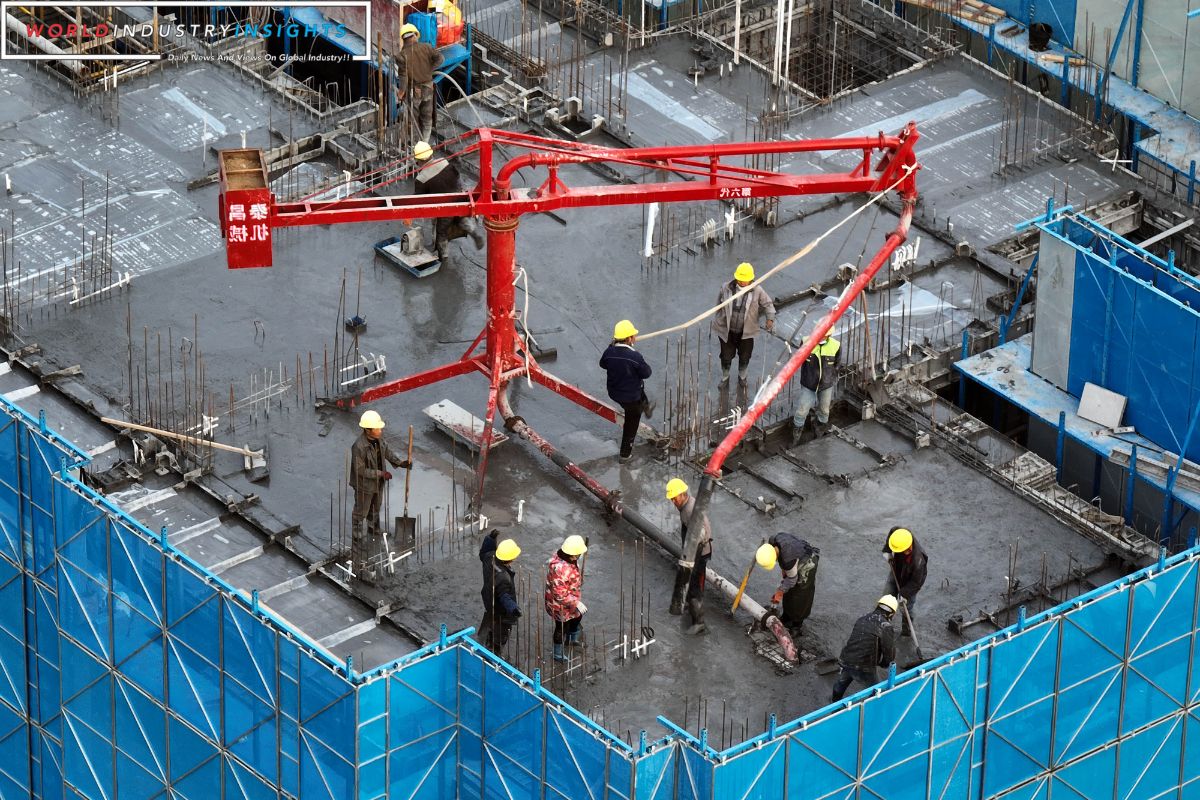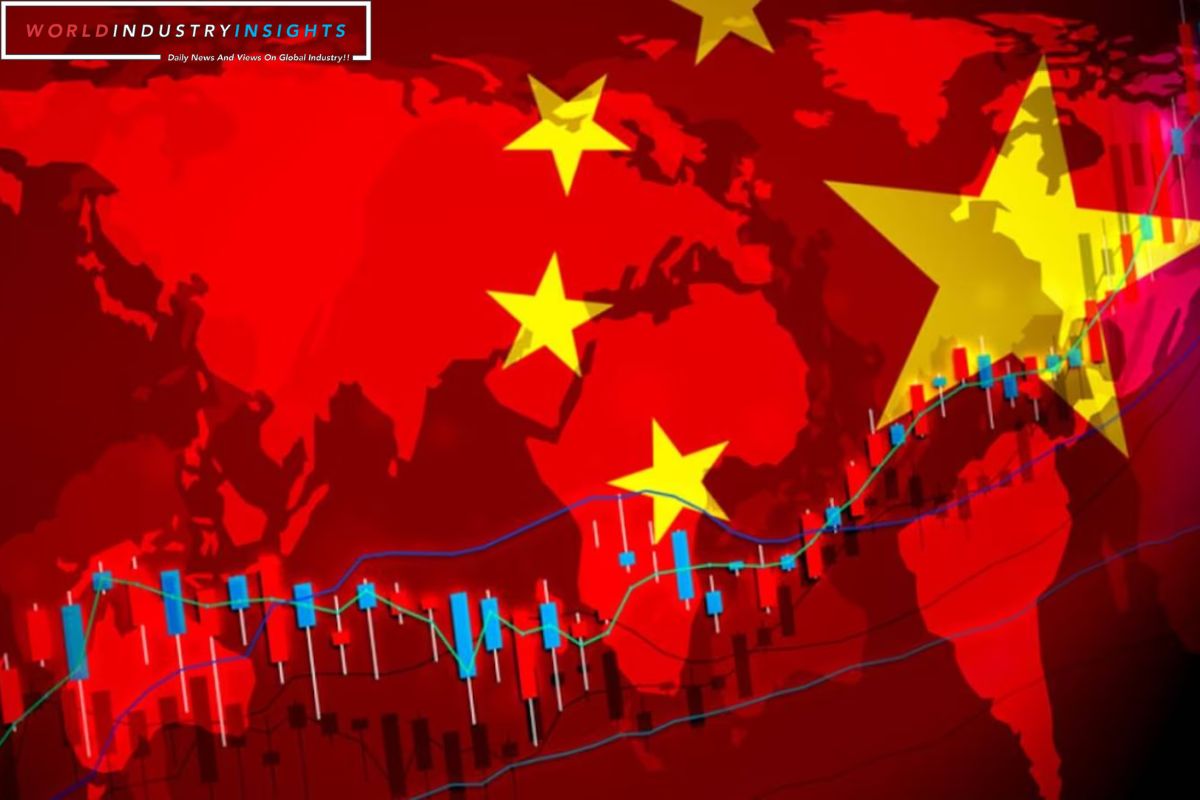China Economic Tapestry: China’s property sector faced heightened challenges in November, grappling with negative home buyer sentiment and financially strained developers. Sales and investment in the real estate market declined, reflecting broader economic concerns. Despite being the world’s second-largest economy, China struggled to achieve a robust post-COVID recovery due to housing market distress, local government debt risks, and weakening global demand. While the third quarter showed unexpected growth, domestic demand remained lukewarm, leading manufacturers to resort to price discounts.
Despite various policy support measures, the impact has been modest, intensifying pressure on authorities to introduce more stimulus. Analysts highlight disparities in different economic sectors and persisting long-standing issues. Dan Wang, chief economist at Hang Seng Bank China, noted that year-end transactions typically decline, and the property sector is reluctant to increase leverage with high house prices relative to urban incomes.
In November, China witnessed a fifth consecutive monthly decline in new home prices, and property investment experienced a 9.4% year-on-year drop from January to November. Industrial output, however, displayed a 6.6% growth in November, surpassing expectations and marking the strongest growth since September 2022. Retail sales, while accelerating at 10.1% in November, fell short of analysts’ 12.5% expectations. The low base effect from 2022’s COVID disruptions influenced this data.
Also Read: China Economic Pulse: Navigating Challenges and Crafting a Resilient Future
Bruce Pang, chief economist at Jones Lang Lasalle, highlighted the gap between expectations for rapid pro-growth policies and the delayed translation into short-term growth. Fixed asset investment grew 2.9% in the first 11 months of 2023, below the expected 3% rise. The overall economic picture indicates a struggle for momentum, with imports showing growth due to unsustainable discounts, consumer prices falling, and factory deflation deepening.
Analysts caution that China might face a Japanese-style stagnation unless policymakers pivot towards household consumption and market-driven resource allocation. To sustain an annual economic growth target of “around 5%” next year, experts suggest further stimulus, aligning with the government’s recent commitment to policy adjustments focusing on domestic demand for economic recovery in 2024.


